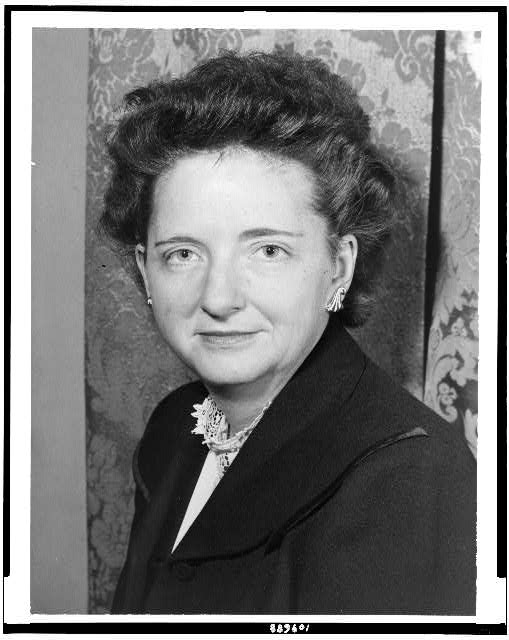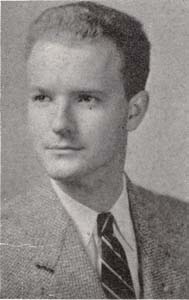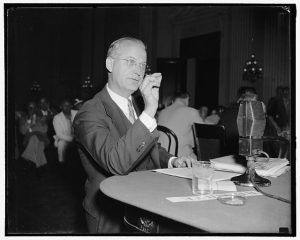Courtesy of YouTube, Soviet and German forces stage a joint victory parade in the eastern Polish city of Brest, September 23, 1939.
On September 1, 1939, Nazi Germany invaded Poland to mark the beginning of the Second World War in Europe. On September 17, 1939, 75 years ago today, the Soviet Union, in alliance with the Germans, invaded Poland from the east. Under the terms of the Molotov-Ribbentrop Pact of August 23, 1939, the Third Reich and USSR agreed to partition eastern Europe between themselves. The Soviets gained control of the eastern half of Poland, plus the Baltic states of Lithuania, Latvia and Estonia; the regions of Bessarabia and northern Bukovina from Romania; and parts of Finland obtained as a result of the “Winter War” of November 1939- March 1940.
In all, the Soviet portion of occupied Poland contained over 77,000 square miles of Polish territory, with a population of over 12 million people, constituting over half of pre-war Poland’s land and nearly 40% of its population. All of these lands were annexed to the Soviet Union. The Soviet occupation also exacted a devastating human toll. At least 30,000 Poles were killed in a series of mass executions, most famously the Katyn Forest massacre of April-May 1940. Over half a million other Poles were imprisoned or deported to the Gulag system of forced labor camps or to special settlements in Siberia or central Asia. An estimated 90,000-100,000 Poles died during these deportations. (Paczkowski, “Poland, the ‘Enemy Nation’,” 372; Kochanski, The Eagle Unbowed, 137-38)
The period of Nazi-Soviet alliance ended when Hitler invaded the USSR on June 22, 1941. Virtually all of the lands annexed by Stalin under the terms of the Molotov-Ribbentrop Pact were reclaimed by him in the wake of the victory over Nazi Germany in 1945. Poland was compensated for its territorial losses in the east with lands in the west taken from pre-war Germany. Poland became a Soviet-dominated communist satellite after the war, and would remain so until the fall of the Soviet empire in 1989.
The following is a select bibliography of CWIS documents and other publications concerning the Soviet invasion and occupation of eastern Poland in 1939-41, as well as the re-imposition of Soviet control after World War II. It includes items from the CWIS Collection, Joyner Library’s Federal Documents Collection, and from our general collection. This list is far from comprehensive, and is merely intended to provide an introduction to our relevant holdings and a starting point for research. Please contact David Durant, Federal Documents & Social Sciences Librarian, for further assistance on this topic.
1. CWIS Documents on Poland Under Communism
Communist Aggression Investigation: Fourth Interim Report. Hearings before the Select Committee on Communist Aggression, House of Representatives, Eighty-Third Congress, Second Session, under authority of H. Res. 346 and H. Res. 438. Part II, 1954. (Joyner Docs CWIS: Y 4. C 73/5: C 73/Pt. 2)
Documentary Testimony of Gen. Izyador Modelski: Former Military Attaché of the Polish Embassy, Washington, D.C.. Hearings Before the Committee on Un-American Activities, House of Representatives, Eighty-First Congress, First Session. 1949. (Joyner Docs CWIS: Y 4 Un 1/2: M 72)
Franciszek Jarecki — Flight to Freedom. Hearing Before the Committee on Un-American Activities, House of Representatives, Eighty-Third Congress, First Session. 1953. (Joyner Docs CWIS: Y 4 Un 1/2: J 28)
International Communism: Revolt in the Satellites: Staff Consultations with Dr. Jan Karski, Mihail Farcasanu, Joseph Lipski, Monsignor Bela Varga, Bela Fabian, Stevan Barankovics, Stanislaw Mikolajczyk, Ferenc Nagy. Committee on Un-American Activities, House of Representatives, Eighty-Fourth Congress, Second Session. 1957. (Joyner Docs CWIS: Y 4 Un 1/2: C 73/72)
Investigation of Communist Aggression. Tenth Interim Report of Hearings before the Select Committee on Communist Aggression, House of Representatives, Eighty-Third Congress, Second Session, under authority of H. Res. 346 and H. Res. 438. Poland, Rumania, and Slovakia. 1954. (Joyner Docs CWIS: Y 4. C 73/5: C 73/2)
Investigation of Communist Takeover and Occupation of Poland, Lithuania, and Slovakia. Sixth Interim Report of Hearings before the Subcommittee on Poland, Lithuania, and Slovakia of the Select Committee on Communist Aggression, House of Representatives, Eighty-Third Congress, Second Session, under authority of H. Res. 346 and H. Res. 438. 1954. (Joyner Docs CWIS: Y 4. C 73/5: P 75)
The Katyn Forest Massacre. Hearings before the Select Committee to Conduct an Investigation of the Facts, Evidence and Circumstances of the Katyn Forest Massacre, Eighty-Second Congress, First[-Second] Session. 7 v., 1952. (Joyner Docs CWIS: Y 4. K 15: M 38/)
Lest We Forget: A Pictorial Summary of Communism in Action [in] Albania [and other countries]: Consultation with Klaus Samuli Gunnar Romppanen, Committee on Un-American Activities, House of Representatives, Eighty-Sixth Congress, Second Session. January 13, 1960. (Joyner Docs CWIS: Y 4 Un 1/2: C 73/109; additional circulating copy in Joyner Docs Stacks: Y 4. Un 1/2: C 73/109)
Soviet Espionage Through Poland. Hearing before the Subcommittee to Investigate the Administration of the Internal Security Act and Other Internal Security Laws of the Committee on the Judiciary, United States Senate, Eighty-Sixth Congress, Second Session. Testimony of Pawel Monat. 1960. (Joyner Docs CWIS: Y 4. J 89/2: SO 8/10)
Testimony of Dr. Marek Stanislaw Korowicz. Hearing Before the Committee on Un-American Activities, House of Representatives, Eighty-Third Congress, First Session. 1953. (Joyner Docs CWIS: Y 4 Un 1/2: K 84)
Who Are They? Prepared at the Request of the Committee on Un-American Activities by the Legislative Reference Service, Library of Congress. Part 5: Josip Broz Tito and Wladyslaw Gomulka (Yugoslavia-Poland). 1957. (Joyner Docs CWIS: Y 4. Un 1/2: W 62/Pt. 5)
2. Additional Sources
Cienciala, Anna M., Natalia S. Lebedeva, and Wojciech Materski. Katyn: A Crime Without Punishment. New Haven: Yale University Press, 2007. (Joyner Stacks D804 .S65 K359 2007)
Foreign Relations of the United States: The Soviet Union, 1933-1939. Washington, DC: Government Printing Office, 1952. (Joyner Docs Stacks S 1.1: 933-939)
Foreign Relations of the United States, 1941: Volume I: General, The Soviet Union. Washington, DC: Government Printing Office, 1958. (Joyner Docs Stacks S 1.1: 1941, V. 1)
Gross, Jan Tomasz. Revolution from Abroad: The Soviet Conquest of Poland’s Western Ukraine and Western Belorussia. Expanded ed. Princeton: Princeton University Press, 2002. (Joyner Stacks DK4415 .G76 2002)
Kochanski, Halik. The Eagle Unbowed: Poland and the Poles in the Second World War. Cambridge, MA: Harvard University Press, 2012. (Joyner Stacks D765 .K5755 2012)
‘Nazi-Soviet Relations 1939-1941.‘ The Avalon Project. Yale University Law School. (an extensive online compilation of translated German documents, including the full-text of the Molotov-Ribbentrop Pact and all related agreements.)
Paczkowski, Andrzej.”Poland, ‘The Enemy Nation’.” in Stephane Courtois and Mark Kramer (eds.) The Black Book of Communism: Crimes, Terror, Repression. Cambridge, MA: Harvard University Press, 1999. (Joyner Stacks HX44 .L5913 1999)
Snyder, Timothy. Bloodlands: Europe Between Hitler and Stalin. New York: Basic Books, 2010. (Joyner Stacks DJK49 .S69 2010)
United States Holocaust Memorial Museum. “German-Soviet Pact.” Holocaust Encyclopedia.







